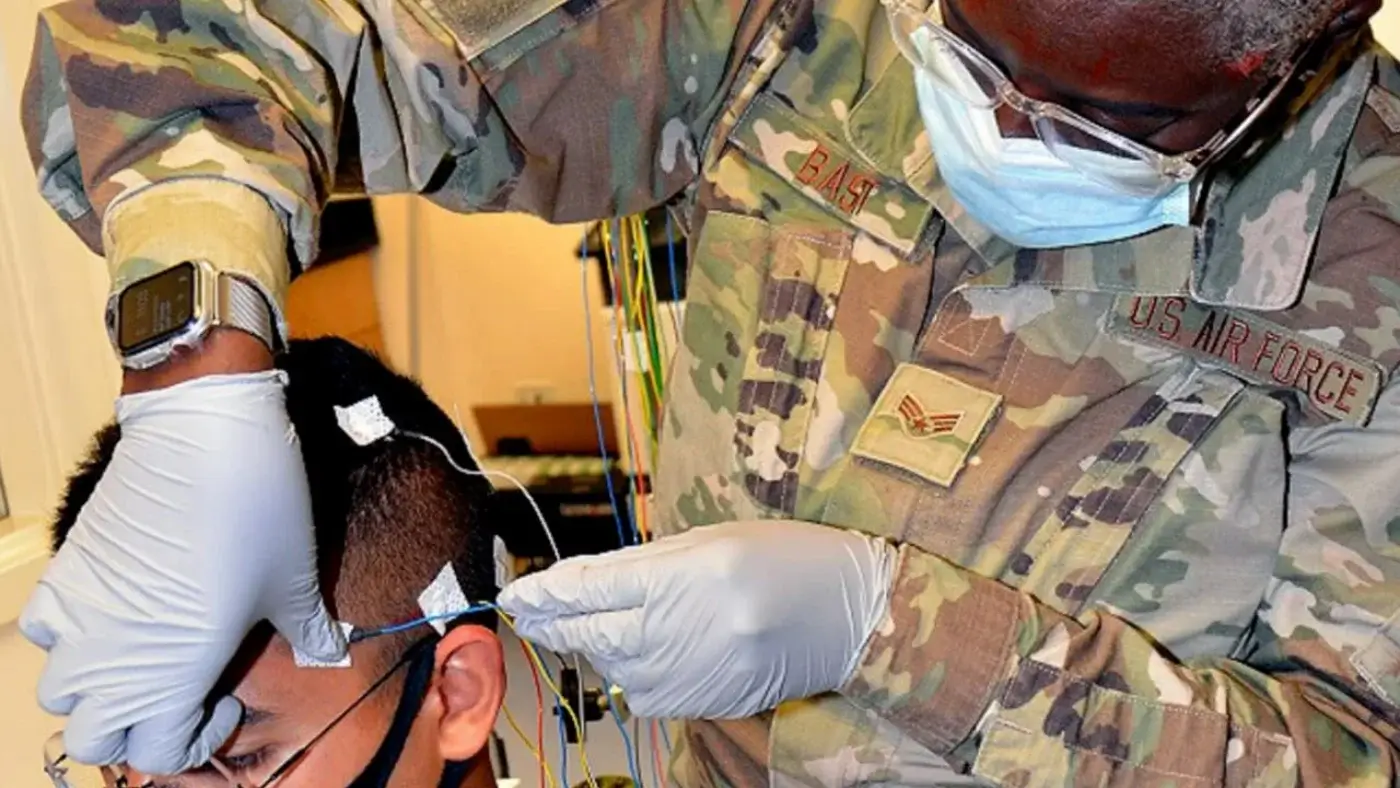
By 2030, the US Armed Forces may begin to widely use brain implants for military purposes. This technology will allow to increase the capabilities of military personnel, accelerate the rehabilitation process after injuries and even manage their psychological state in a combat environment.
Implants were first used for rehabilitation purposes
Initially, brain implants were developed to control bionic prostheses. This technology helped to speed up the return of injured soldiers to the front lines with the help of prostheses.
In addition, in one of the experiments conducted at a military hospital, a patient was connected to a military flight simulator via a brain implant. After several training sessions, the pilot successfully flew, took off, and landed the plane. This prompted the idea of using neural implants in future pilot training.
DARPA has been working on implants for 10 years
In 2013, the Defense Advanced Research Projects Agency (DARPA) launched a program called “Restoring Active Memory.” The main goal of the project was to develop a fully implantable neural interface that could restore memory function to soldiers who had experienced memory problems due to injury or disease.
By 2018, DARPA, in collaboration with scientists from Wake Forest Baptist Medical Center and the University of Southern California, was working on implanting brain implants in volunteers suffering from epilepsy. During the experiment, it was found that the implants not only improved memory, but also affected mood.
It has also been shown that implants can be used to combat stress, fatigue, and post-traumatic stress disorder. Theoretically, a soldier's fear before battle can be "turned off" with the help of a neuroimplant.
The Air Force may be the first to introduce brain implants
A report published in 2019 by the US Armed Forces Combat Capability Development Command noted that brain implants could become a common technology by 2030.
At the moment, the US Air Force is the closest to implementing this technology in practice. Currently, brain stimulation systems are used in the training of fighter pilots. Although these systems are currently implanted in the head through electrodes, in the future neuroimplants may significantly simplify this process and increase its effectiveness.
One of the most important requirements for fighter pilots is to make decisions at high speed and have quick reactions. If the neuroimplants are successfully tested, they will not only increase the reaction speed of pilots, but also allow them to control several aircraft at the same time.
Brain implants could usher in a new era in the military. The US defense system is testing this technology in several areas - to rehabilitate injured soldiers, solve memory problems, reduce stress in combat and increase the capabilities of pilots. If these projects are successful, brain implants could become a standard technology in military operations by 2030. Read “Zamin” on Telegram!
Ctrl
Enter
Found a mistake?
Select the phrase and press Ctrl+Enter Related news
Information
Users of Меҳмон are not allowed to comment this publication.
Users of Меҳмон are not allowed to comment this publication.














